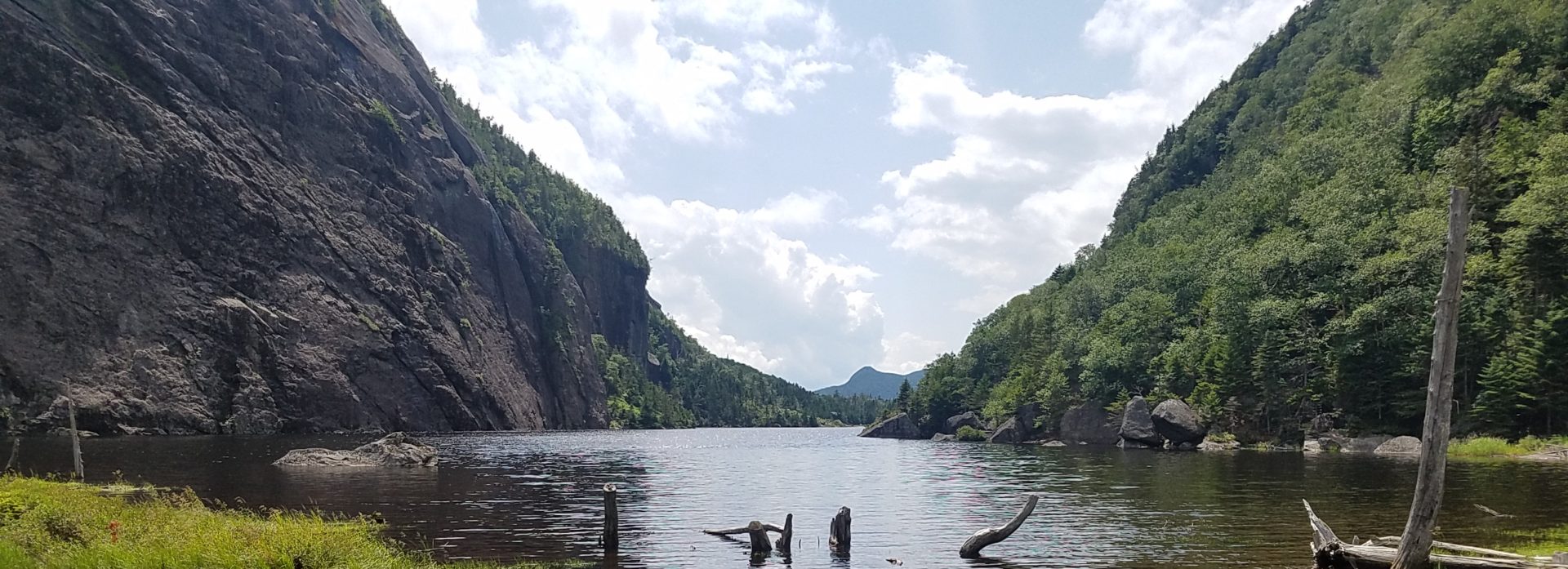Toprope Rock Leadership Requirements (Last Revised Feb. 2024)
Gear Management:
● Rope: coil, flake, inspection, proper storage
● Static lines/accessory cord/slings: coiling and storing efficiently
● Rope knowledge: dynamic vs. static, diameter
● Proper use of belay devices (Tubular and assisted-braking)
Trip Preparation:
● Finding routes using map/guidebook
● Judging conditions prior to a trip
● Fitting self and others for harnesses, helmets, and shoes. Inspecting these for signs of wear.
● Bringing a first-aid kit and checking the contents
● Organizing distribution and management of gear before, during, and after a trip
● Providing effective directions to drivers
● Communicating with a callout (when applicable)
● Checking bolts for fixed anchor points
Knots and Hitches:
● Figure-8 and figure-8 follow-through
● Bowline
● Water
● Flat Overhand Bend (EDK)
● Friction Hitches (& know the differences between them): Prussik, Klemheist, Autoblock
● Clove
● Stopper knot/fisherman’s
● Double/triple fisherman’s
● Mule knot/Mule-overhand
● Tensionless hitch
● Girth hitch
Skills:
● Belaying technique (Pull Brake Under Slide) and belayer-climber communication,
teaching to beginners (with proper back-up belay)
● Teaching tie-in (figure eight follow through)
● Transferring a belay
● Going hands-free on a belay
● Rappelling using “third hand” extended rappel and calling “on rappel,” “off rappel.”
● Anchor-building: static-line on bolts and on natural anchors (tree, boulder), quad,
sliding X (with limiter knots), masterpoint
● Know the SERENA acronym and how it relates to each type of anchor
● Adhere to and enforce leave no trace principles
Ghost Lead Specifications:
● At least one “shadow” of a climbing trip. There is an expectation that interested future
leaders ask to accompany climbing leaders (and assisting them) in setting anchors,
finding routes, etc.
● A new leader must take out two trips to different areas (can be the same as ghost lead locations) after becoming a leader prior to giving a ghost lead.
Sport Leadership Requirements (Last Revised Feb. 2024)
All Toprope leadership requirements plus the following:
● Understand personal risk management and group risk management
Identifies who on the trip can sport climb, sport belay, clean anchors, top-rope, belay
○ Understands when and how to bail off a climb
● Facilitates a mock-lead that includes teaching/refreshing on belay technique and clipping
● Identifies route specific hazards (no-fall-zones, unstable rock, ect.) and protection ratings
(G, PG, PG-13 R, X)
● Leads a climb with proper clipping and slack management
○ Understands and corrects z–clipping, back-clipping, skipping a clip, and burying
your foot
○ Demonstrates proper use of stick clip or other means of protecting initial clip
○ No requirement for minimum grade/level of sport climbing ability.
● Gives ACTIVE belay with tubular (ATC) AND assisted braking (grigri) device of choice
with proper rope management and catching technique.
○ Identifies and corrects improper belay technique for tubular and assisted braking
belay devices.
● Sets up solid top rope anchors (not opposite and opposed quickdraws)
● Properly cleans top-rope anchor (by lowering OR rappelling) from rappel rings,
permadraws, rams horns, chains, mussy hooks, ect.
Trad Leadership Requirements (Last Revised Dec. 2024)
Can take out single-pitch and multi-pitch trips using trad gear on trad and mixed routes.
Leadership Requirements: All Toprope and Sport leadership requirements plus the following:
Multi-pitch/single-pitch Climbing Skills:
● Setup belay stations on pitches, and belay from the top
○ Build gear anchors and fixed anchors for multi-pitch and top-rope
○ Efficiently lower climber on belay
○ Demonstrate effective rope management for multiple followers on multi-pitch
● Proper placement of protection, to protect leader and follower
○ Cams, nuts, natural protection, others optional
○ Application of extending placements to minimize friction, abrasion, and rope drag
○ Understanding of when to retire (and what signs constitute retirement) for cams,
nuts, etc.
● Reads a topo, and demonstrates route finding
● Sets up multi-pitch rappel including with multiple ropes and pull down rappel
○ Double strand and single strand rappel with various methods: GriGri, ATC,
Munter
● Knowledge of the following knots and applications to trad climbing; alpine butterfly, clove
hitch, munter hitch, munter mule overhand, flat overhand bend.
Self-rescue Skills:
● How to escape belay and transfer belay to anchor
● Knowledge and application of ascending a double strand and single strand rope
● Knowledge and application of pickoffs
● Knowledge of setting efficient hauling systems and their applications (e.g. 3-to-1 or
5-to-1 system using friction hitches).
Leadership Skills:
● Judging conditions and route specific hazards, including protection ratings
● Understand personal risk management and group risk management
● Instructs cleaning protection, multi-pitch calls and commands to follower
